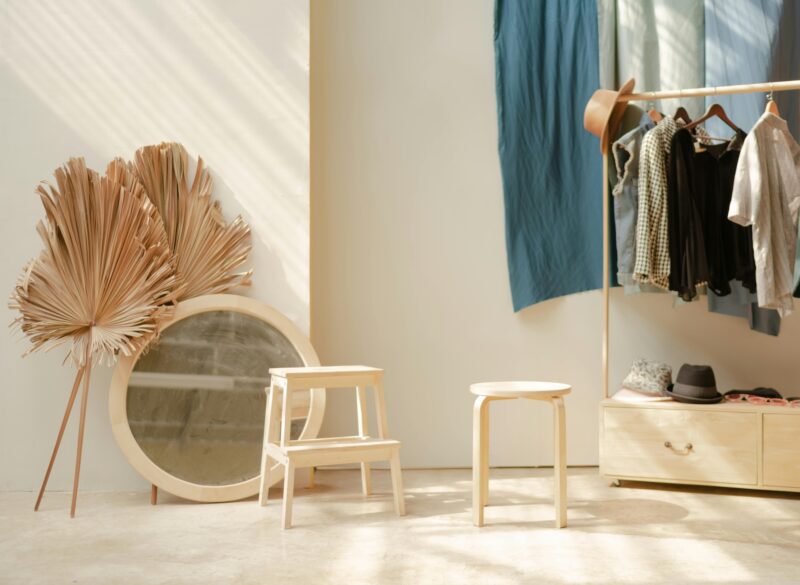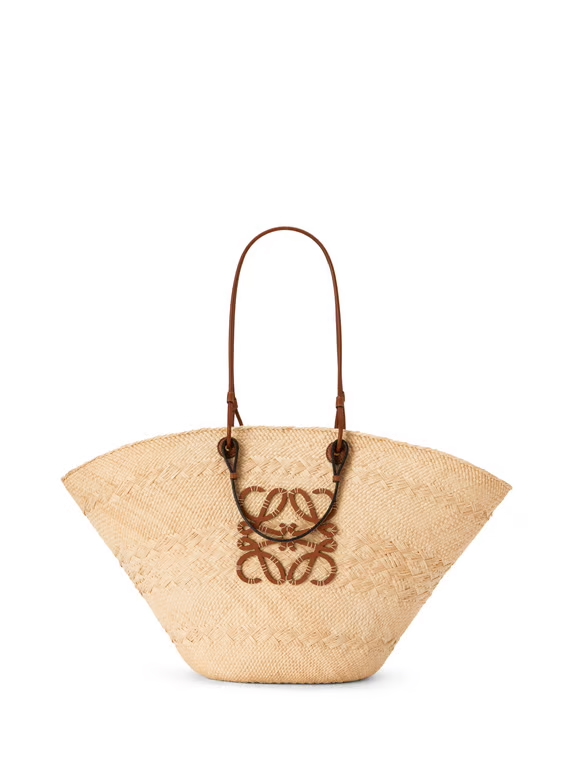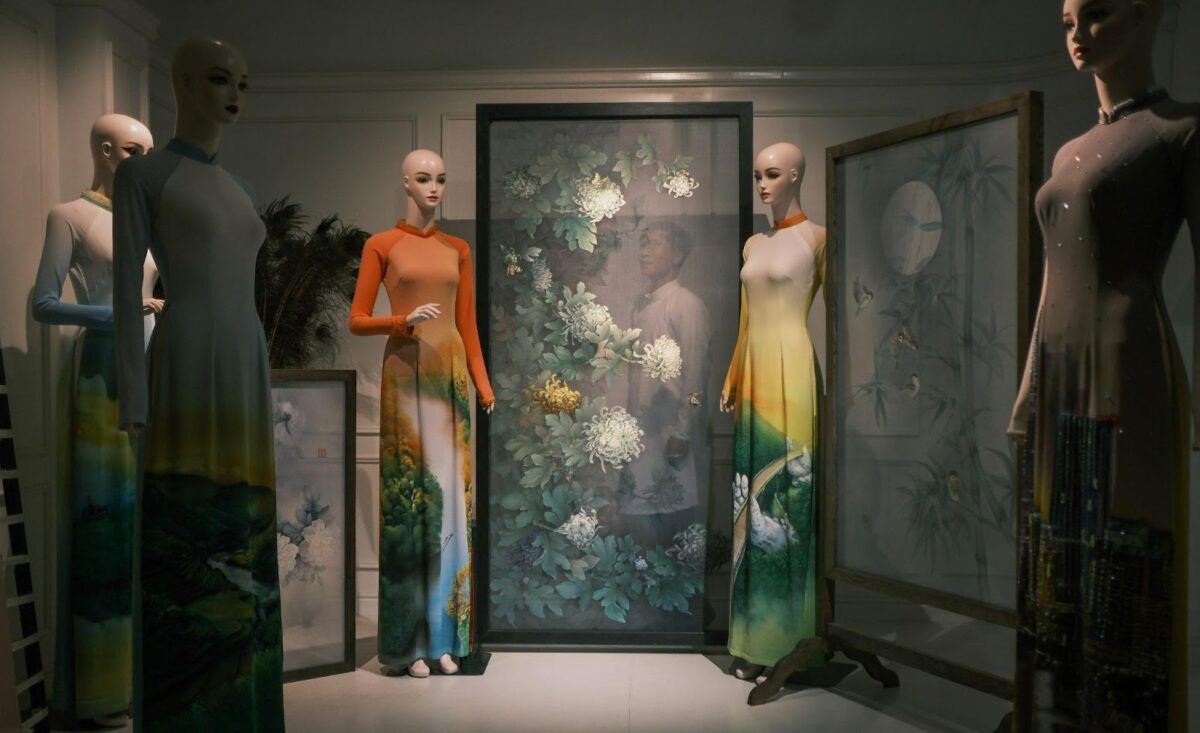
A new generation of fashion designers is redefining what it means to craft a garment. No longer confined to needle and thread, today’s creatives are wielding code, algorithms, and 3D printers to produce clothing that exists at the intersection of art, technology, and identity. As the boundaries between physical and digital spaces blur, fashion is evolving into something far more dynamic—an ecosystem where garments are not just worn, but generated, customized, and even downloaded.
From avant-garde studios to independent fashion collectives like Threadheads, this movement is being driven by a shared desire to explore what happens when traditional craftsmanship collides with cutting-edge design tools. The result? A visually stunning and ethically promising vision of fashion’s future.
Couture Meets Code: The Digital Artisan Revolution
For decades, haute couture was synonymous with meticulous hand-stitching, needlework passed down through generations, and luxury reserved for a privileged few. But the emergence of computational design has democratized couture’s future. Visionaries like Iris van Herpen redefined how a dress could be “crafted,” merging software-driven design with naturalistic inspiration—from bird flight patterns to sound waves. Her pieces don’t just rest on the body—they orbit it.
Others followed suit, like Israeli designer Danit Peleg, who unveiled the first 3D-printed ready-to-wear collection. Her designs were produced entirely at home using desktop printers, signaling a future where clothing could be downloaded as a file and “printed” locally by the user. These examples proved that code could be as intricate as the hand and that the screen could rival the sketchbook.
Beyond individual visionaries, institutions are now embracing these technologies. Fashion schools such as the Royal College of Art and Parsons are integrating digital fabrication labs into their programs. The result? A generation of artists fluent in both tailoring and technology.
Three Threads of Transformation
A. Parametric Patterns & Algorithmic Form
Unlike traditional tailoring, which requires manual pattern grading for each body size, parametric design uses adjustable mathematical models to scale garments precisely. Tools like Rhino, Grasshopper, and CLO 3D allow designers to manipulate fabric simulations in real time, adjusting cut, drape, and tension based on data inputs.
This computational logic is not just efficient—it’s poetic. Garments can be “grown” like coral reefs or “sculpted” from a single flowing parameter. The beauty lies in its modularity: change the waist circumference or shoulder tilt, and the entire garment adapts. This flexibility aligns with the rising demand for custom fit and inclusive sizing.
What’s more, this approach can respond to body movement. Research into motion-responsive materials and biomechanically adaptive garments suggests that soon, clothes could evolve with us—adapting in real-time to physical needs, posture, or even mood.
B. Additive Manufacturing & 3D Textile Innovation
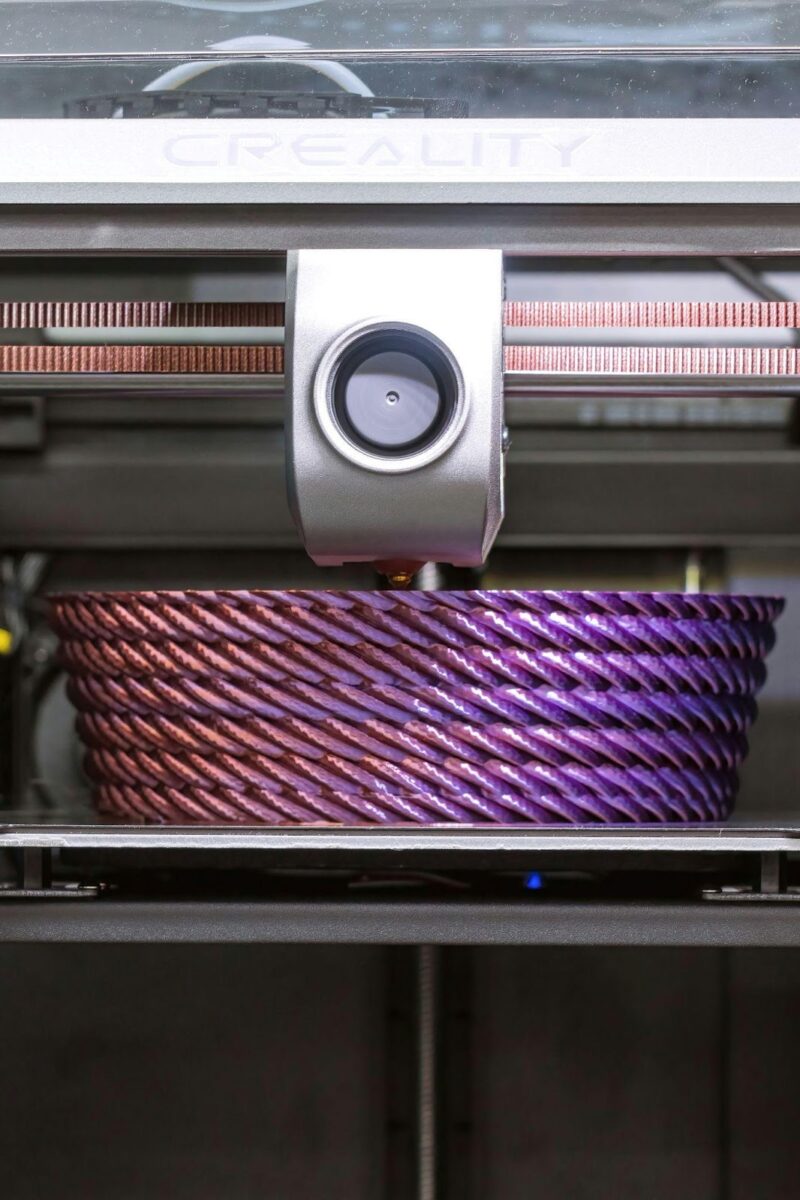
Additive manufacturing, or 3D printing, introduces new material vocabularies into fashion: thermoplastic polyurethane, flexible resins, and biodegradable filaments. Rather than sewing fabric together, designers are printing garments in a single continuous form—textiles that behave like fabric but are built from lattice structures invisible to the naked eye.
In 2020, Ganit Goldstein, a graduate of Bezalel Academy of Arts and Design, stunned the design world with her 3D-printed jacquard weaves. Her collection, titled WeAreAble, was created using body scans and 3D algorithms to reduce waste and enhance fit. It blurred the line between bespoke tailoring and mechanical precision.
At the intersection of architecture and clothing, these textiles allow garments to act as micro-structures—expanding, contracting, and supporting. Beyond the aesthetics, this opens applications in sportswear, orthotics, and even aerospace apparel.
C. Digital-Physical Fusion & On-Demand Sustainability
On-demand manufacturing, powered by digital prototyping, is redefining sustainability in fashion. Traditional retail models overproduce to meet projected demand, leading to wasteful inventory surplus. In contrast, digital artisans work virtually until a product is confirmed, then fabricate it with precision.
Brands like The Fabricant have taken this even further, offering exclusively digital fashion for use in social media, gaming, and AR avatars. Their collaborations with major brands show how pixel-based garments are becoming a product in their own right—entirely dematerialized, yet commercially viable.
Threadheads’ ethos reflects this mindset: independent, tech-forward, and rooted in the idea that garments can reflect both personal style and ethical production. These models not only reduce waste but empower local fabrication and user-driven customization.
Spotlight on Pioneers
Iris van Herpen
With each collection, van Herpen pushes couture deeper into the realm of biology, physics, and algorithmic form. Her collaborations with scientists and engineers have resulted in pieces inspired by cymatics (the study of wave phenomena), magnetic fields, and even quantum physics. The Hypnosis collection used algorithm-generated laser-cut patterns that mimicked the natural spirals of shells and galaxies.
Danit Peleg
Peleg’s mission to make fashion accessible through technology began in her Tel Aviv apartment. After months of testing filaments and software, she produced a fully 3D-printed outfit using an open-source printer. Her designs are more than fashion—they’re case studies in design democratization, allowing users to download, tweak, and print their clothes.
threeASFOUR
The trio behind threeASFOUR infuse spirituality, mathematics, and technology into each show. Their garments often feature fractal patterns, sacred geometries, and wearable sculptures made possible through 3D printing and laser-cutting. Their work is part of the permanent collection at the Metropolitan Museum of Art and MoMA.
Why It Matters: Beyond the Runway
Fashion is never just about clothes—it’s about time, politics, and values. Digital artisan fashion speaks to today’s anxieties and ambitions.
A. Environmental Ethics
The U.S. Environmental Protection Agency estimates that over 11 million tons of textiles are discarded annually in the U.S. alone. Code-crafted couture, which minimizes waste via precise production and digital sampling, offers a radical alternative.
B. Cultural Accessibility
Instead of needing a studio, materials, and workforce, young designers can start with a laptop and software. This lowers entry barriers, enabling underrepresented communities and new voices to participate in high fashion.
C. Identity Play
Digital clothing unlocks new forms of expression. One can wear a biomechanical exosuit on Instagram, a silk kimono in the metaverse, and a minimalist jumpsuit IRL—all tied to the same avatar. In a world where we navigate physical, digital, and hybrid spaces, code-crafted clothing offers fluid identity tools.
Challenges at the Intersection
A. Tactility vs. Innovation
Despite its visual appeal, many 3D-printed materials lack the softness of silk or the breathability of cotton. Achieving tactile elegance remains a major hurdle. However, innovations in biofabrication—such as lab-grown leather or mycelium-based textiles—promise to close the gap.
B. Intellectual Property
Open-source design is both an opportunity and a risk. With patterns and blueprints shared freely, questions arise: who owns the rights? Can you copyright an algorithm-generated sleeve?
C. Digital Divide
Despite greater accessibility, digital fashion still requires tools and connectivity not available to all. Ensuring that this revolution doesn’t replicate traditional power imbalances will require industry foresight and inclusive policies.
What’s Next: Designing for the Post-Physical World
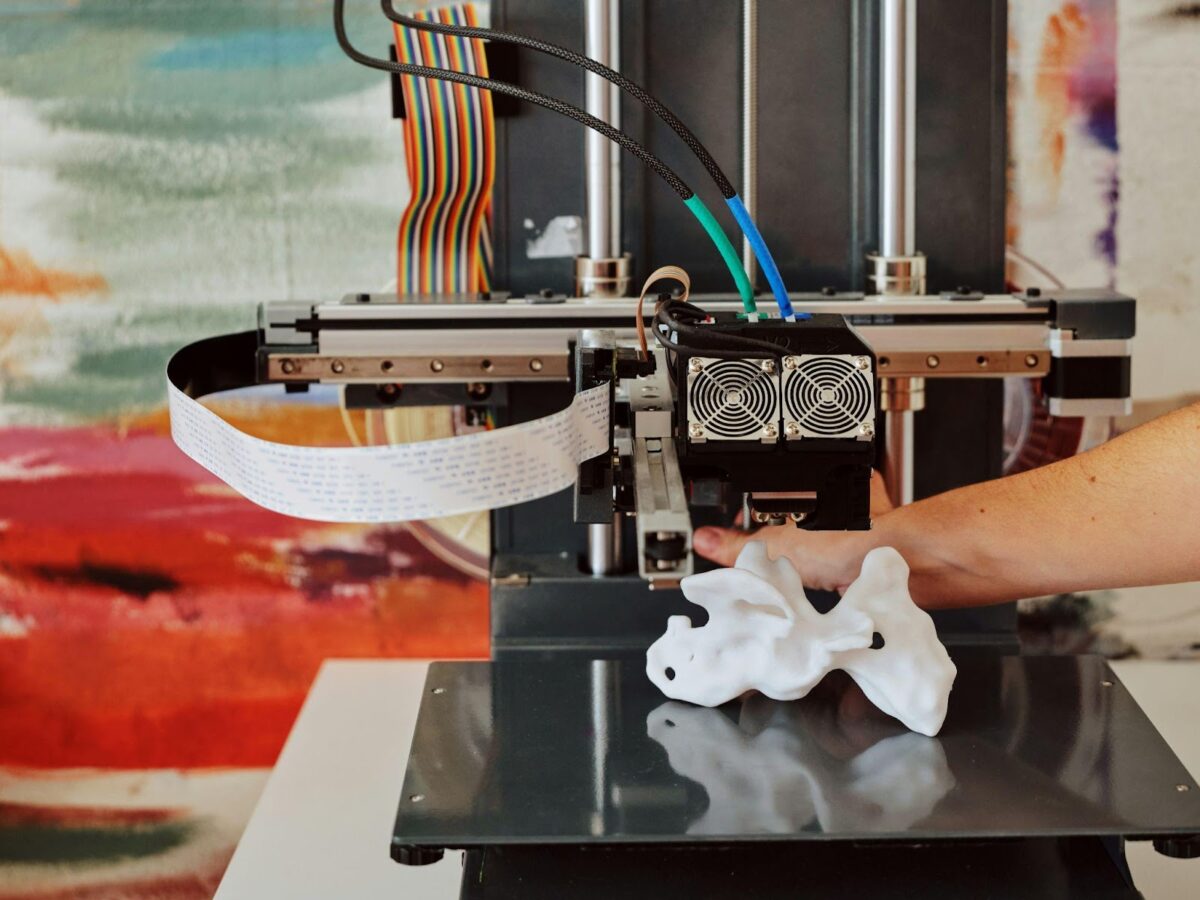
The lines between user, designer, and machine are blurring. Imagine creating a dress through a voice prompt. Or collaborating with an AI that co-designs based on your social media aesthetic.
Emerging platforms like StyleGAN and DALL·E already let users generate images of hypothetical garments. Soon, these ideas may move from screen to sewing machine—seamlessly. Startups are exploring neural network-driven garment generation that reacts to cultural data and design trends.
What if your clothing could express your digital footprint—your music taste, your browsing history, or even your current mood? In a data-driven world, garments could become both mirror and mask.
Final Reflections for FAD Readers
For an art-forward readership, code-crafted couture opens new questions:
Is the artist the coder, the machine, or the wearer?
Can digital fashion be archived or conserved like a sculpture or oil painting?
Does a garment that exists only in pixels challenge our definition of “real”?
FAD Magazine, with its interest in interdisciplinary creativity and the avant-garde, is uniquely placed to spotlight these intersections. A deeper dive into this world isn’t just timely—it’s essential.
Code-crafted couture is not a departure from fashion’s past, but an evolution of its most fundamental principles: innovation, storytelling, and craftsmanship. Whether it’s a 3D-printed corset, a parametric tunic, or a virtual blazer worn in the metaverse, these pieces represent more than technology—they represent fashion’s future.
From Threadheads to van Herpen, digital artisans are weaving the next chapter of style—one line of code at a time.
All images from UNsplash
